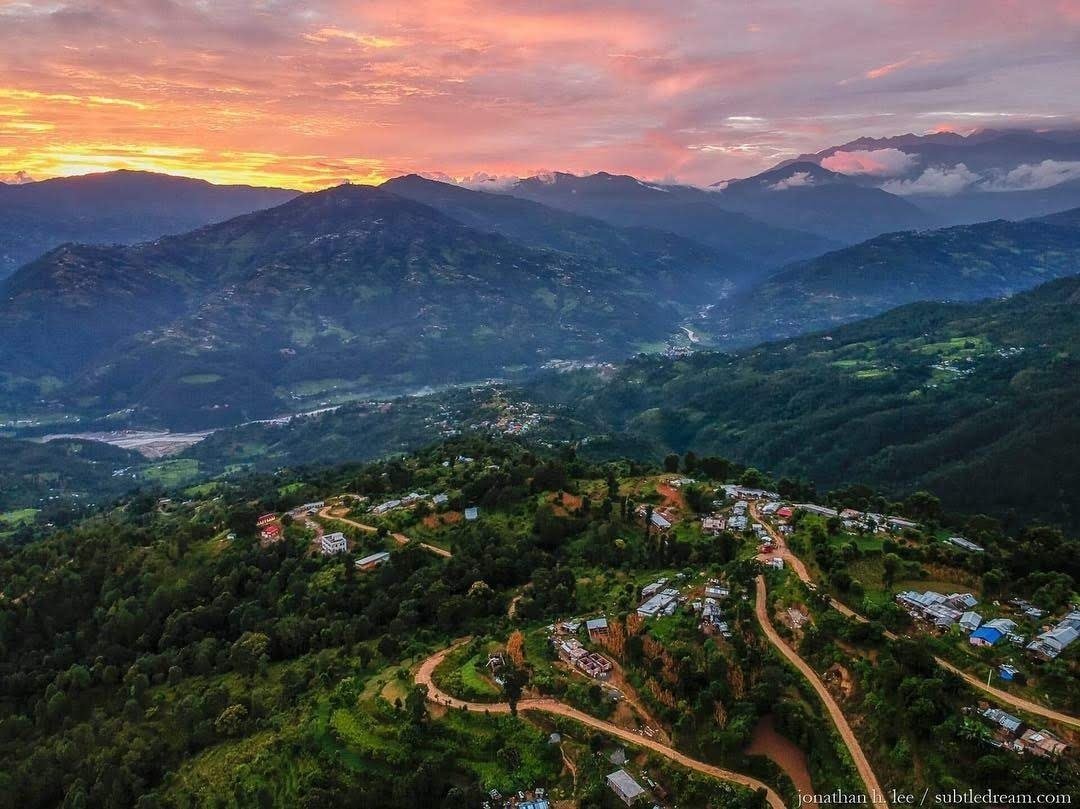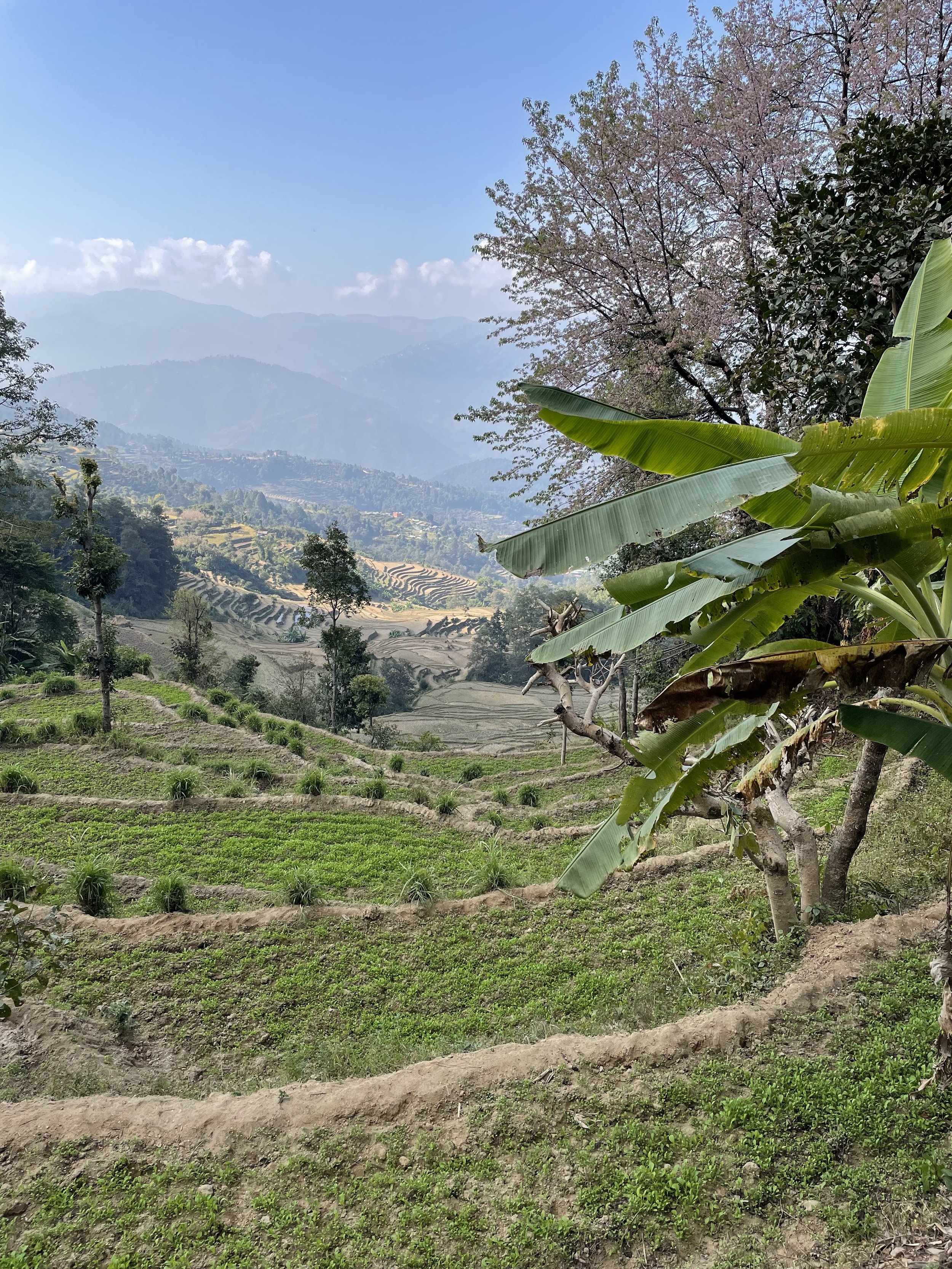Fifty kilometers and five hours northeast of Kathmandu, in the foothills of the Himalayas, the community of Takure sits on a ridge line looking down into the valley and up into the snow capped peaks of the Langtang Mountain Range. Here, more than 200 households with over 1000 residents, survive farming the terraced lands with rice, corn, millet and wheat. Almost every family cares for multiple animals - cows, goats, buffalo and chickens. For that reason, milk and composted manure are two of the areas most abundant resources.
Takure and the surrounding communities of Bimire, Nawalpur, Daduwa Kharka, Surkot, Dudhe, Pokare, and others are among the rural places around the world at risk of losing their way of life. To many urban life offers better education, access to medical care, basic amenities and to some an easier way of life and thus, many people are moving to Kathmandu. Young men and women from around Nepal leave the country in search for better work in India, gulf countries and further, and this area is no different with many local young men seeking job opportunities abroad. We believe these rural communities have much to offer and protect, they are land stewards, food producers, and guardians of cultural tradition. The culture is diverse and complex. More than 5 different major ethnic groups live within the community and nearby areas including Brahmin, Tamang, Newari, Chetri, Rana Magar, Dahal and more. There are three primary languages in the area - Nepali, Tamang and Newari - though Nepali dominates most conversations.
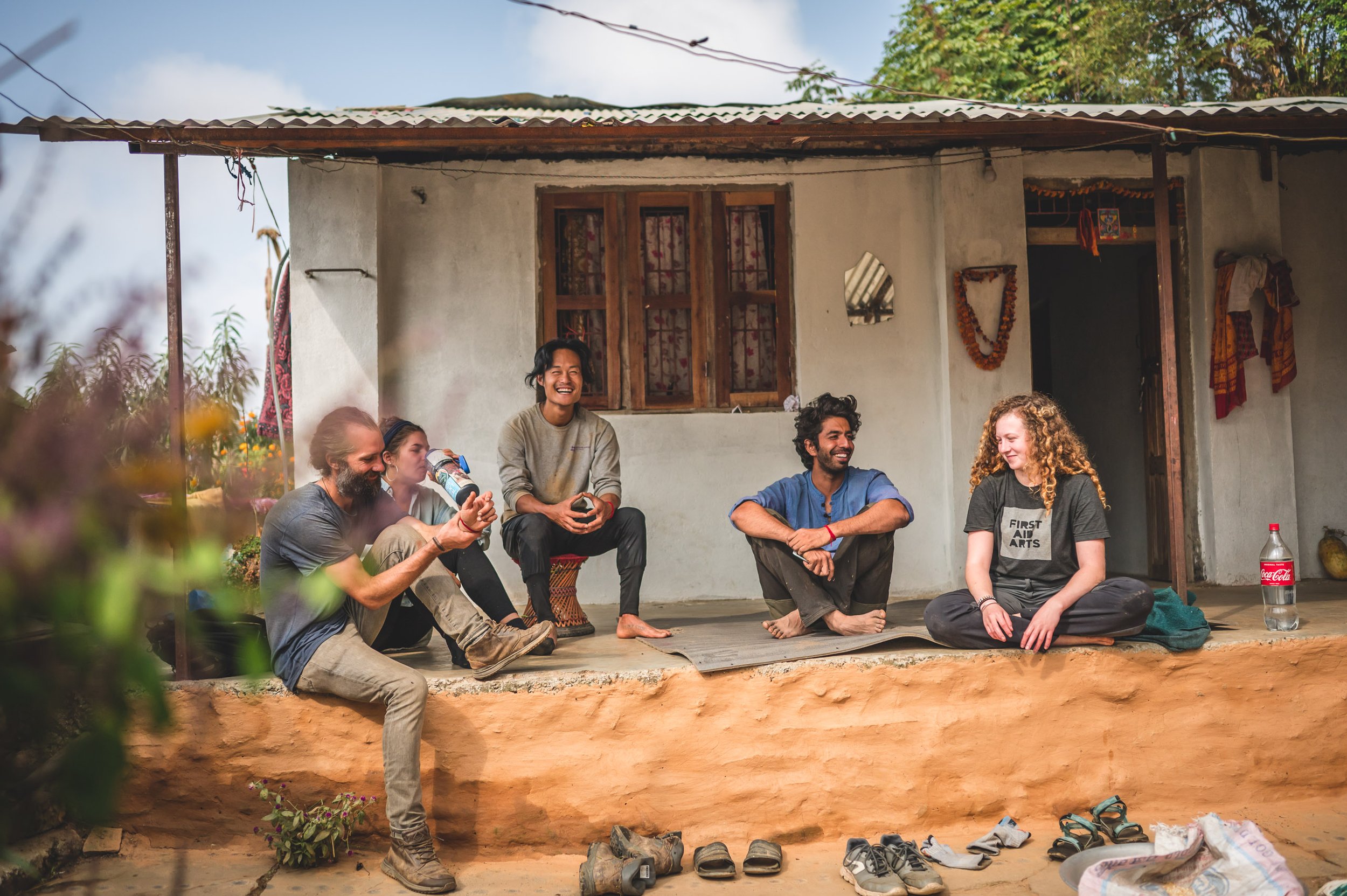

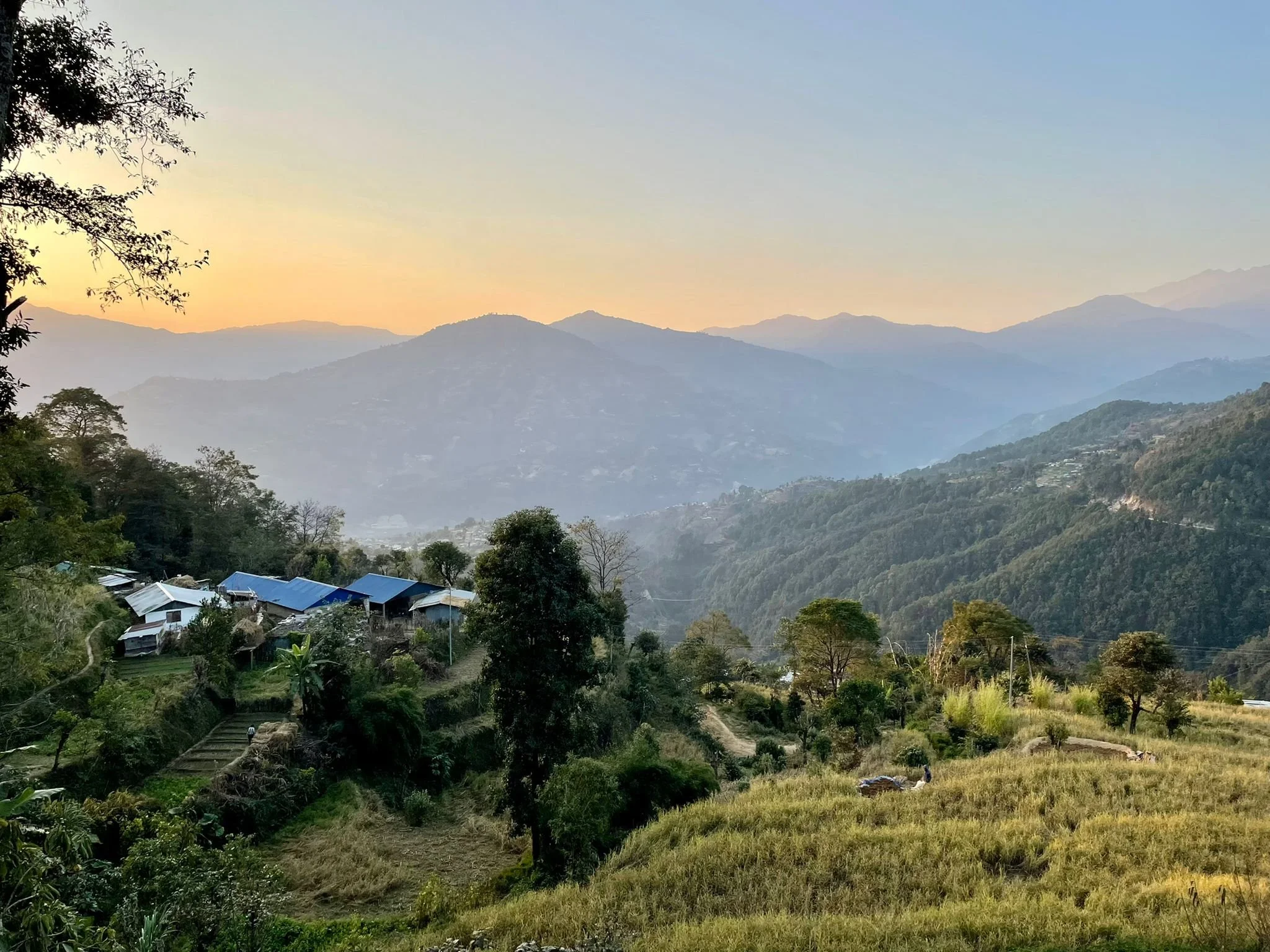



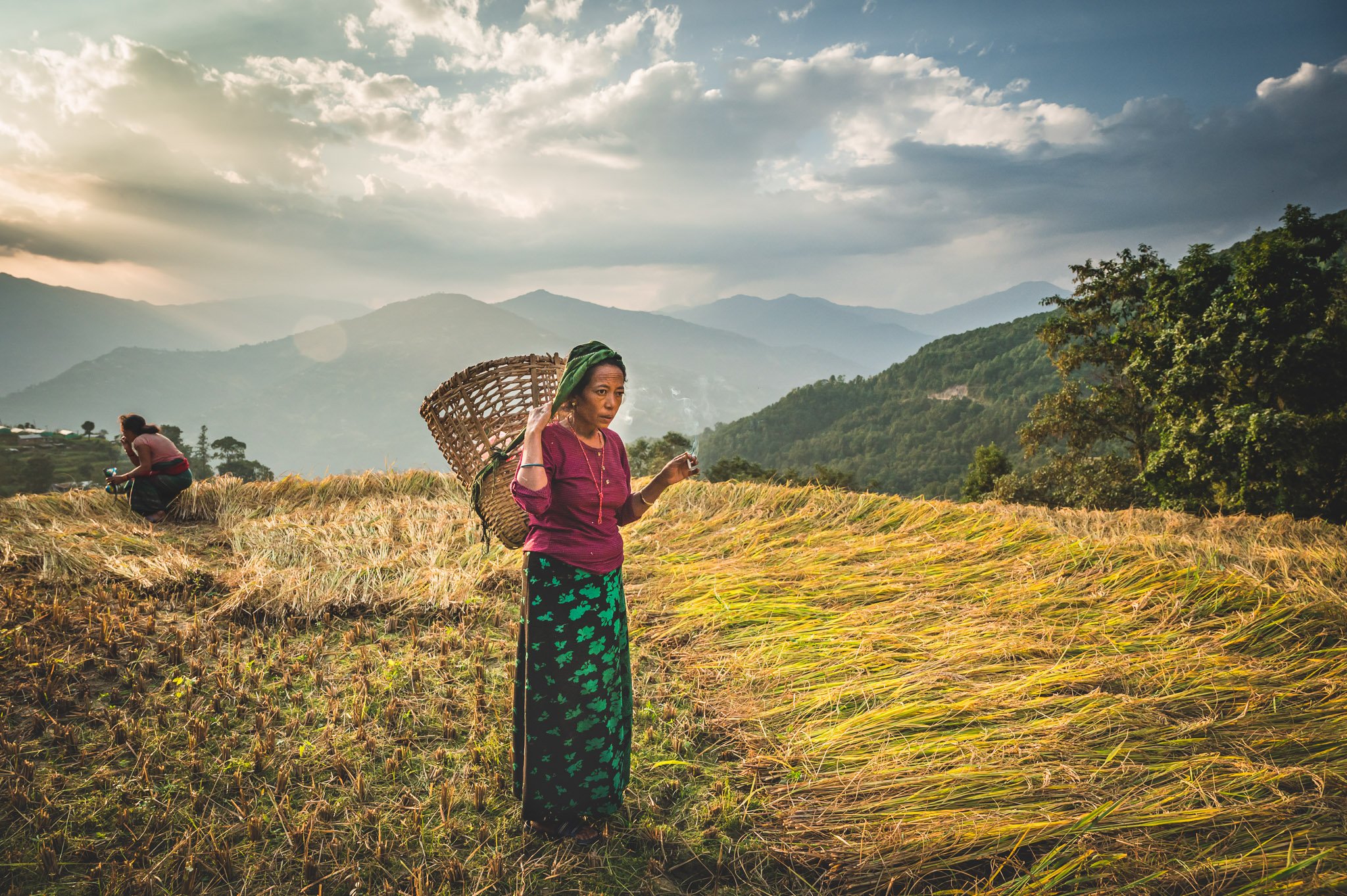
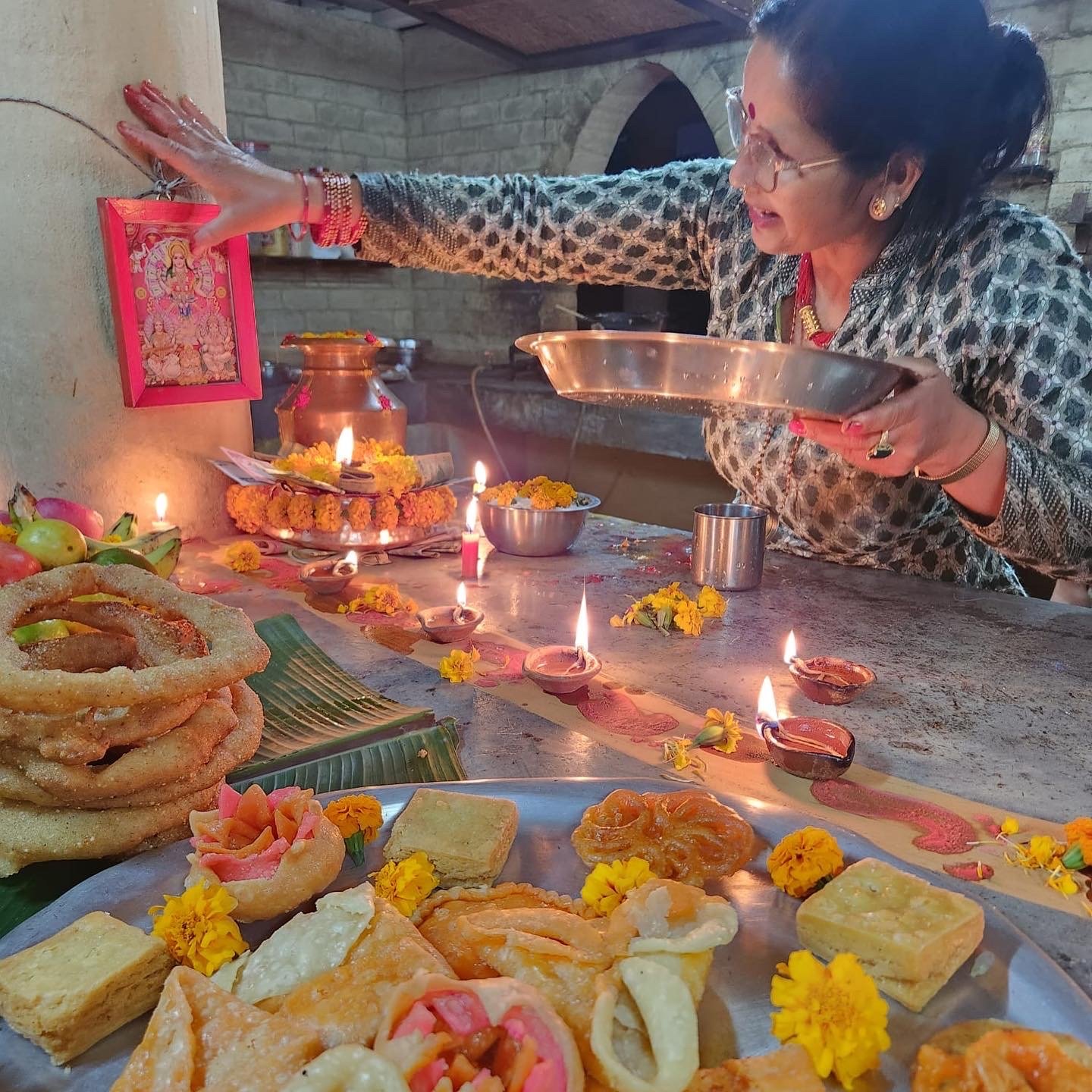
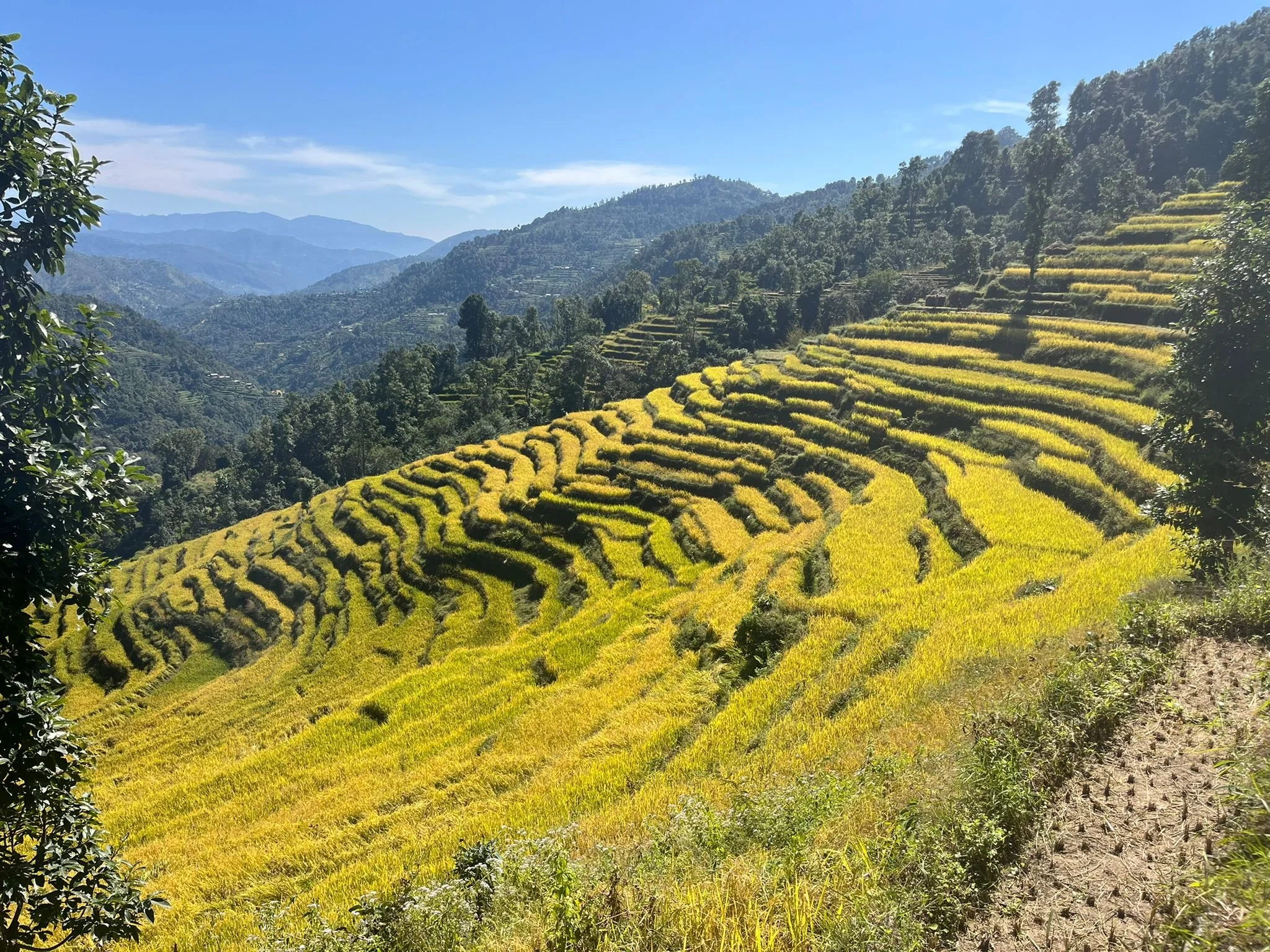
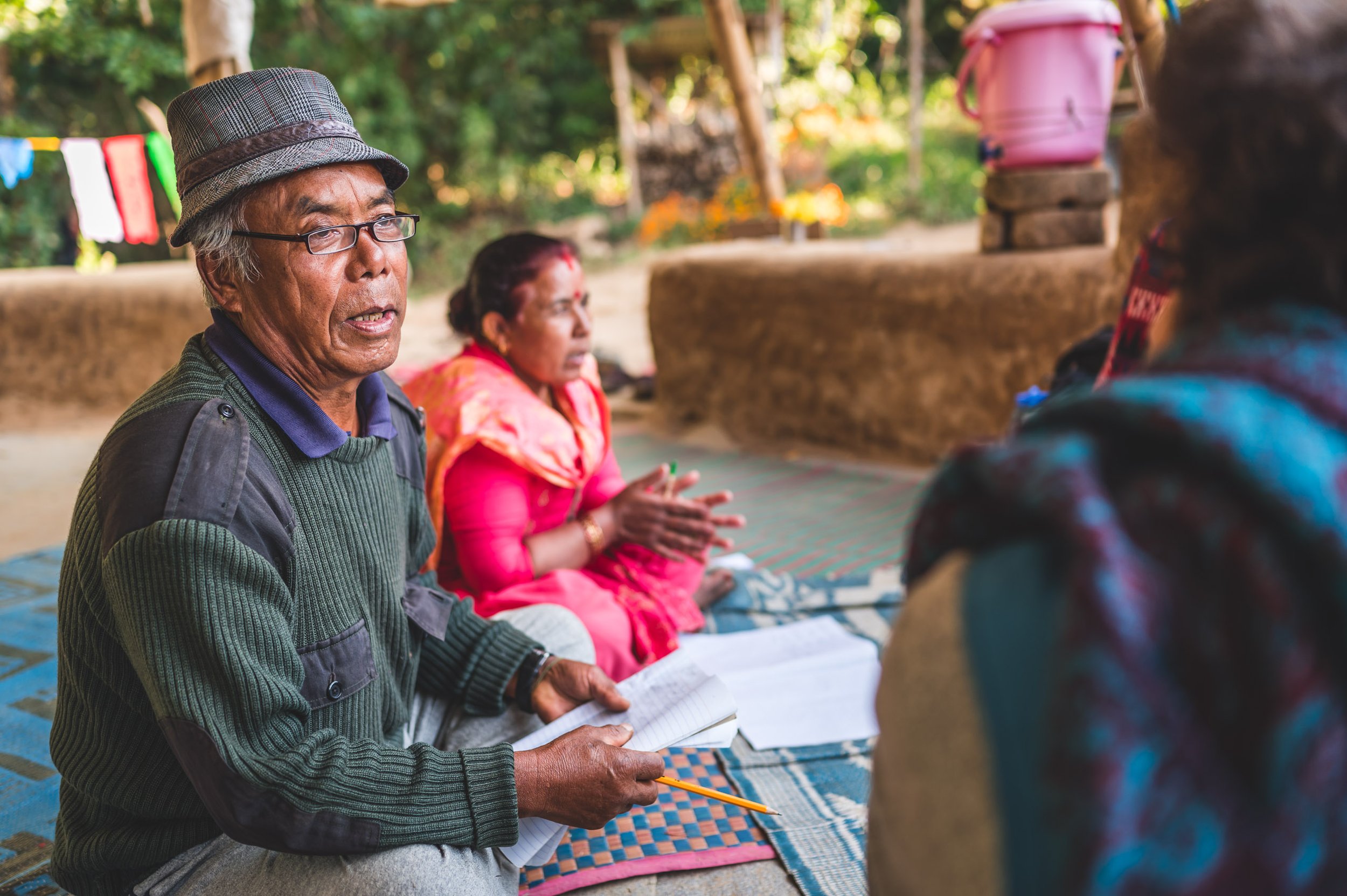
These mountains are quiet, with the horns of occasional passing trucks or the hollers of local men and women communicating across their fields. The children go to school in the local primary schools, and the older youth attend two local secondary schools. While there are a few local community college courses, most youth leave to the cities for higher education. In fact these days, many young children are also sent to boarding schools in larger towns and Kathmandu, and many families leave completely for better opportunities in education and work. Still, the community is vibrant, with an active cultural, social and economic life. Weddings are a common site, and often music blasts throughout the night.
Conscious Impact has lived in this area for the past 10 years and we are still amazed by what we learn from our community partners. We are only beginning to understand the complexities and intricacies of the local community, and each day is an exploration of language barriers, cultural musings and differing expectations. Yet, day-by-day we find ways to deepen our connection and to slowly and steadily build trust, respect and shared vision. This year we strengthened our relationship to the local government, to our local staff and to the community as a whole. We completed a water project for more than 100 homes and now embark to build another 80+ households a secure water distribution system.
Overall, we are excited to continue deepening this relationship, through the fun and the challenges, so that our projects continue to strengthen and our impact grow for generations to come.

